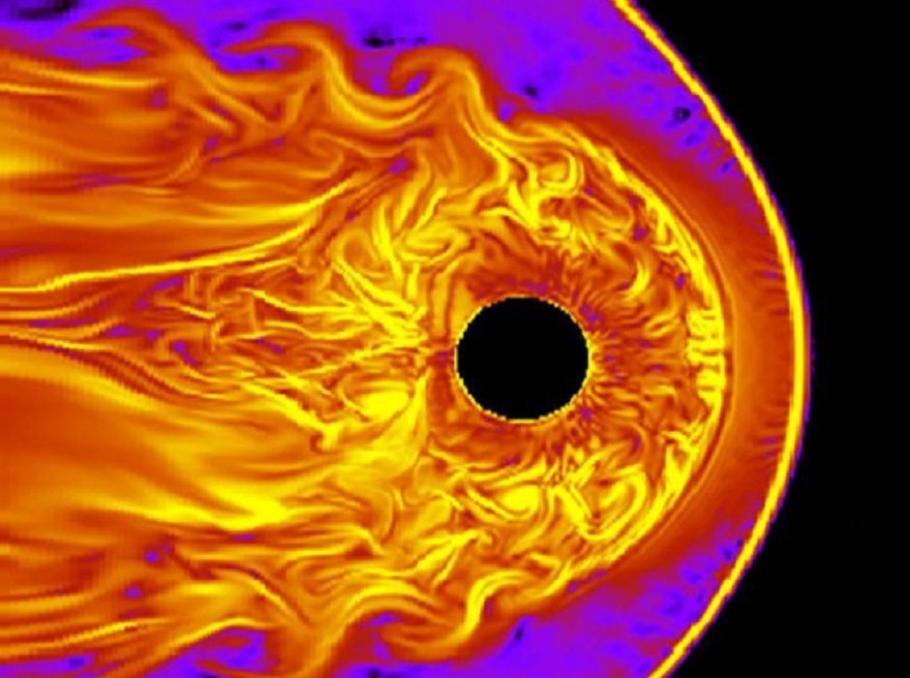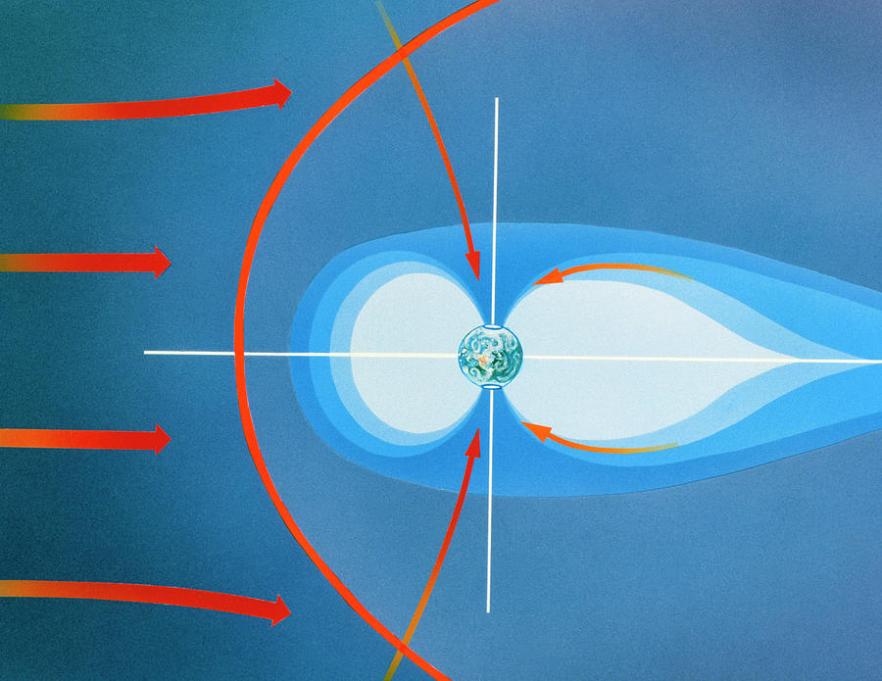Exploring the Northern Lights as a Tourist Destination: A Guide to the Best Viewing Locations
The Northern Lights, also known as Aurora Borealis, are a natural phenomenon that has captivated the imagination of travelers and scientists alike. This celestial display of shimmering lights dancing across the night sky is a sight to behold, and many tourists flock to the Arctic regions to witness this awe-inspiring spectacle.

Significance As A Natural Phenomenon And Tourist Attraction
The Northern Lights are caused by the interaction between charged particles from the sun and the Earth's magnetic field. These particles collide with atoms and molecules in the atmosphere, causing them to emit light. The colors of the aurora depend on the type of atom or molecule that is excited. Oxygen atoms emit green and red light, while nitrogen atoms emit blue and purple light.
The Northern Lights are a popular tourist attraction, and many tour operators offer guided excursions to the best viewing locations. These tours typically include transportation, accommodations, and activities such as snowmobiling, dog sledding, and ice fishing.
Best Viewing Locations
The best time to see the Northern Lights is typically from September to April, with peak season occurring from December to February. However, the exact timing of the aurora can be unpredictable, so it's important to check aurora forecasts and weather conditions before finalizing your travel dates.

Here are some of the best viewing locations for the Northern Lights:
Scandinavia
- Tromsø, Norway: One of the most popular destinations for Northern Lights viewing, Tromsø boasts high probability of clear skies and low light pollution. Numerous tour operators offer guided excursions, and there are plenty of accommodations and activities to choose from.
- Abisko National Park, Sweden: Known for its pristine wilderness and dark skies, Abisko National Park offers guided tours and accommodations tailored for aurora viewing. Visitors can also enjoy cross-country skiing, snowshoeing, and ice fishing.
- Lofoten Islands, Norway: The Lofoten Islands offer dramatic landscapes and secluded viewing spots. Visitors can combine aurora viewing with outdoor activities such as hiking, kayaking, and fishing.
Iceland
- Reykjavík: The capital of Iceland, Reykjavík, offers easy access to aurora viewing sites within a short drive. There are a wide range of guided tours and activities available, including boat tours, snowmobiling excursions, and glacier hikes.
- Jökulsárlón Glacier Lagoon: This unique location offers the opportunity to witness the Northern Lights over a frozen lagoon. Visitors can take a boat tour of the lagoon or simply relax and enjoy the breathtaking scenery.
- Thingvellir National Park: A UNESCO World Heritage Site, Thingvellir National Park is known for its historical and geological significance. The park also offers dark skies and open spaces ideal for aurora viewing.
Finland
- Saariselkä: Located in the heart of Finnish Lapland, Saariselkä is known for its clear skies and high aurora activity. Visitors can choose from a variety of outdoor activities and accommodations, including cross-country skiing, snowmobiling, and reindeer safaris.
- Levi: A popular ski resort, Levi also offers excellent aurora viewing opportunities. Guided tours and snowmobiling excursions are available, and visitors can also enjoy downhill skiing, snowboarding, and ice skating.
- Oulu: Located on the Gulf of Bothnia, Oulu is less crowded than other destinations but still offers good viewing conditions. Visitors can take a boat tour of the frozen sea or simply relax and enjoy the aurora from the city center.
Tips For Maximizing Your Northern Lights Viewing Experience
- Plan Your Trip During the Right Season: The best time to see the Northern Lights is typically from September to April, with peak season occurring from December to February.
- Choose a Destination with Dark Skies: Light pollution can significantly reduce your chances of seeing the Northern Lights. Research destinations with low levels of light pollution, and consider using a light pollution map to identify suitable viewing spots.
- Be Prepared for Cold Weather: Temperatures in Northern Lights destinations can drop significantly, especially at night. Pack warm clothing, including layers, a hat, gloves, and sturdy footwear. Consider bringing a thermos with hot drinks to keep warm.
- Set Realistic Expectations: The Northern Lights are a natural phenomenon and their appearance can be unpredictable. Be patient and persistent, and don't be discouraged if you don't see the lights on your first night. Enjoy the experience of being in a remote location under the starry sky.
Seeing the Northern Lights is a truly unforgettable experience. With careful planning and a bit of luck, you can increase your chances of witnessing this natural wonder. So pack your bags, bundle up, and embark on an adventure to the Arctic Circle to witness the magical dance of the Northern Lights.
YesNo

Leave a Reply